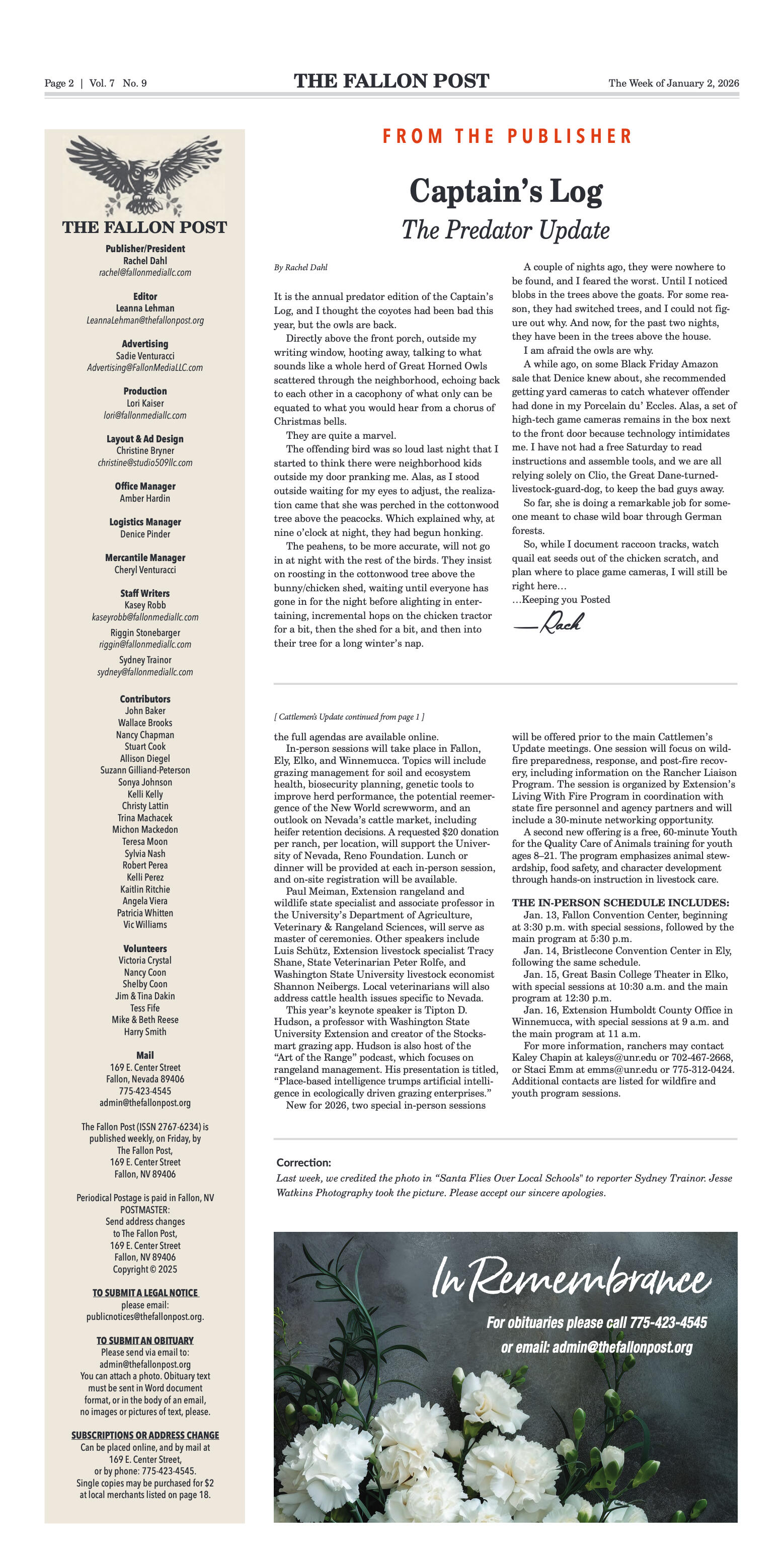Like most people, you probably have many financial goals: a comfortable retirement, long vacations, college for your children or grandchildren, the ability to leave something behind for the next generation, and so on. To achieve these various goals, you may have to follow different investment strategies – and you might have to make some tradeoffs along the way.
To pursue this multi-goal/multi-strategy approach, try to follow a clear course of action, including these steps:
- Define your goals – and invest appropriately. You will need to identify each goal and ask some questions: How much time will you have to achieve this goal? How much return will you need from your investments and how much risk are you willing to take? With a longer-term goal, such as retirement, you may be able to invest more heavily in growth-oriented vehicles with higher expected returns. Keep in mind, though, that the value of these investments will fluctuate, and they carry more risk than more conservative investments. However, your long-term horizon allows time to recover from short-term dips. But for a shorter-term goal, such as an upcoming vacation, your investments don't have the same time to bounce back from large drops in value, so you might follow a more conservative strategy by investing in instruments that preserve principal, even though growth may be minimal.
- Know what you’ve invested for each goal . Once you know what type of strategy you should follow to achieve each of your goals, you’ll need to enact that strategy. How? By matching specific investment accounts with the appropriate goals. You should know why you own all your investments. Ask yourself these questions: What goal will this investment help me achieve? How much do I have allocated toward a specific goal? If I have an IRA, a 401(k) and another account devoted to achieving the same goal, are they all working together effectively? The connections between your different investment accounts and your goals should be consistently clear to you.
- Understand trade-offs. Your various investment goals may be distinct, but they don’t exist in isolation. In fact, your strategy for achieving one goal may affect your ability to work toward another. For example, would significant investments in your child’s education change your funding for retirement? If you decide to buy a vacation home when you retire, will that alter the legacy you’ll be able to leave to your family? Given limited financial resources, you may have to prioritize some goals and make some trade-offs in your investment moves.
- Track your progress. Each of your strategies is designed to achieve a particular goal, so you need to monitor the performance of the investments within that strategy to help ensure you’re making progress. If it seems that you’re lagging, you may need to explore ways to get back on track.
To manage these tasks successfully, you may want to work with a financial professional – someone who can look at your situation objectively, help you identify and quantify your goals, and suggest strategies designed to help you achieve them.
Trying to achieve multiple financial goals can seem like a daunting task, but by saving and investing consistently through your working years, following a clear strategy, being willing to prioritize and accept trade-offs and getting the help you need, you can help yourself move forward.
This article was written by Edward Jones for use by your local Edward Jones Financial Advisor. Edward Jones, Member SIPC
Never miss the local news -- read more on The Fallon Post home page.
If you enjoy The Fallon Post, please support our effort to provide local, independent news and make a contribution today. Your contribution makes possible this online news source for all things Fallon.
The Fallon Post -- 1951 W. Williams #385, Fallon, Nevada 89406










































Comment
Comments